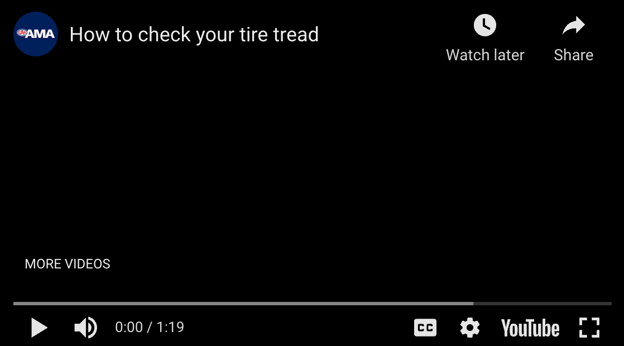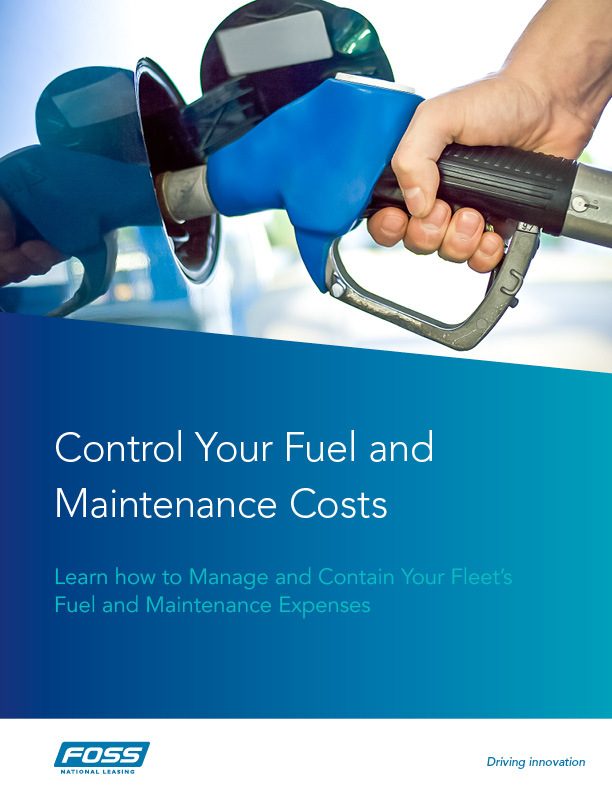/fleet-summer-maintenance.jpg)
Whether summer brings dry heat or humid rain to your region, now is the perfect time for vehicle maintenance. People assume that only winter weather demands extra care. But summer has its own special considerations.
If you’re not on top of fleet maintenance management, your drivers could be stranded in heat waves or downpours. Not only is extreme weather risky, but it can dampen morale—and productivity.
It pays to optimize your vehicles for summer. At the end of this article, you will find the ultimate summer maintenance checklist for your fleet vehicles to get you started.
The Ultimate Summer Maintenance Checklist For Your Fleet Vehicles Explained
Let us explain the importance of each maintenance step for the hot season before summarizing it in a crisp checklist.
1. Change Air Filter
A clogged air filter will significantly lower fuel efficiency. That’s because air can’t reach the engine through a dirty filter. The engine compensates by working harder—and burning more gasoline.
Air filters face a constant onslaught of road debris, dirt, bugs, pollen, salt, and other contaminants. For smart preventative maintenance, change air filters every 10,000 - 20,000 kilometres.

2. Examine Tires
Did you remember to switch from winter tires to summer tires? That’s step one for summer tire maintenance.
Next, keep track of tire pressure, which increases with rising temperatures—to the tune of one to two PSI (pounds per square inch) for every 10-degree increase in outside air temperature. In hot summer weather, tires are at risk for over-inflation, which can cause premature wear, poor traction and handling, and blowouts.
Frequently check tire pressure (and not when tires are warm from driving) while also checking tire treads for wear. This video shows you how to use a toonie to do it:

3. Top Up Coolant and All Fluids
Like humans, vehicles need to cool off when temperatures soar. Coolant keeps your engine from overheating, lubricates your vehicle’s moving parts, and protects the engine’s metal pieces from corroding.
Summer heat takes a toll on cooling systems. Vehicles can easily overheat while sitting in traffic on a hot day, so keeping coolant topped off is wise. In addition, check on oil and other fluids, including brake, power steering, and windshield washer fluids.
4. Check Air Conditioning
In most parts of Canada, air conditioning is a necessity during summer. If you want to keep drivers comfortable and hardworking, keeping vehicles’ air conditioning in top shape is imperative.
If a vehicle’s AC is not blowing cool air, try troubleshooting or immediately take the vehicle to your mechanic. Don’t let your drivers suffer in the sweltering heat.
5. Replace Windshield Wipers
Due to winter ice, snow, and salt, the rubber on your wipers can crack and tear. You might forget about them when it's sunny, only to be caught off guard in a summer storm.
Broken wipers are a real hazard. Replace wipers if damaged so drivers always have a crystal-clear view.

6. Inspect Brakes
Fleet vehicles typically undergo heavy use on the road. This puts a lot of wear and tear on the brakes. Get them serviced twice a year—heading into winter and heading into summer.
This basic preventative action will help you to avoid brake failure, not to mention costly accidents. Good maintenance will also help brakes last longer.
Read more: What Is Fleet Maintenance Management? Why It's So Important
7. Check the Battery
An average car battery lasts five to seven years, longer than most organizations keep fleet vehicles. But it doesn’t hurt to check the battery before summer temperatures peak.
Heat is one of the biggest drains on battery life. If a battery dies, the driver, as will your business, will be stranded.
To extend battery life, keep the top of the battery clean. Wipe off dirt and engine grease, which can build up and drain the battery’s power. Carefully remove any blue-coloured corrosion on battery terminals, which can reduce current flow.
8. Get a Sunshade
Don’t underestimate the usefulness of a simple sunshade. These shields effectively lower a vehicle’s inside temperature by up to 10 degrees Celsius. They protect interior surfaces and keep drivers from burning themselves on scalding steering wheels.
9. Stock Vehicles for Emergencies
Even with perfect vehicle care, unexpected troubles can arise. Get your drivers ready for any emergency by stocking vehicles with these essentials:
- First-aid kit
- Flares
- Flashlight
- Tire gauge
- Foam tire sealant
- Jumper cables
- Non-perishable snacks
- Water
Keeping Up With Fleet Preventive Maintenance
It’s easy to fall behind on vehicle maintenance when you’re busy focusing on other aspects of your business. This is where a maintenance program managed by a fleet management company like Foss can be extremely useful.

A managed fleet maintenance program ensures each vehicle is up-to-date with preventative maintenance. It also tracks each vehicle’s maintenance history so you know what type of work was last completed and when. Learn more about our fleet maintenance program here, and don’t forget to keep your vehicles in good shape even when they are not in use.
The Ultimate Summer Maintenance Checklist For Your Fleet Vehicles

Summing Up
Follow these summer fleet maintenance tips to keep your fleet running smoothly this season. Drivers will be happier, safer, and more comfortable. And your business productivity will keep going strong all season long.
Get to Know the Author
Dominic Riolo is Foss National Leasing’s Vendor Relations and Vehicle Maintenance Call Centre Manager. He has over 17+ years of experience in fleet. He is a licensed mechanic and has gone through the ranks starting in the remarketing department and until most recently, as a coach and trainer in the VMT call center.
Meet our team






